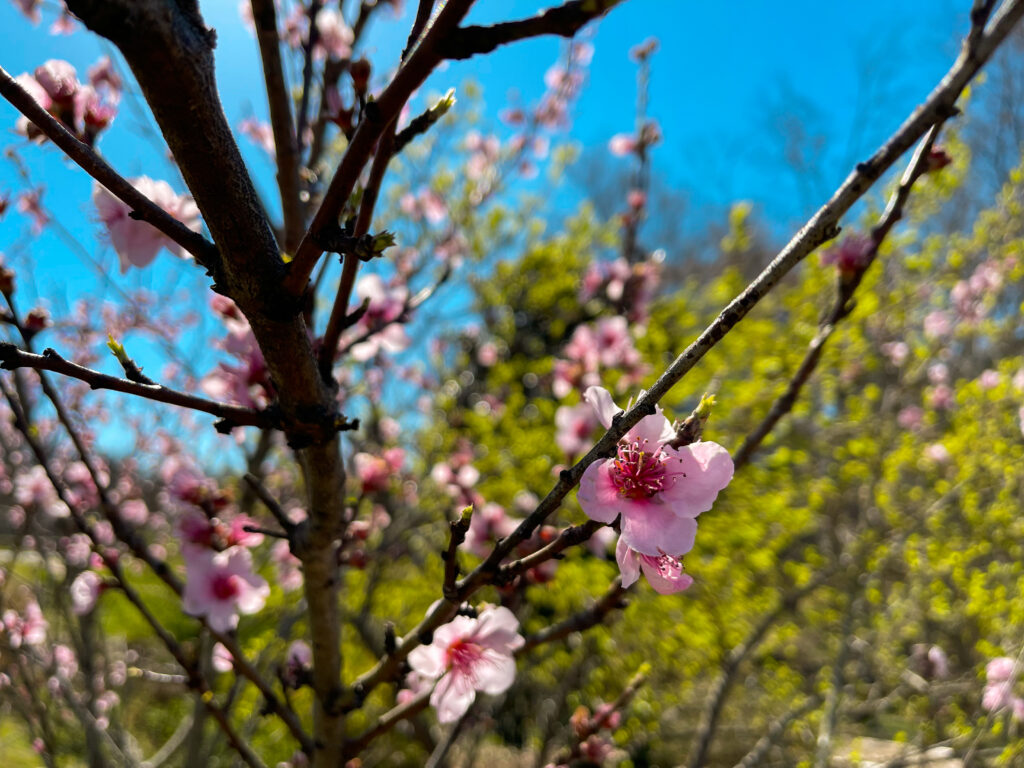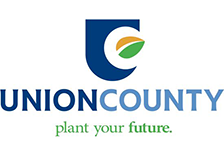Spring Is Here!
go.ncsu.edu/readext?855248
en Español / em Português
El inglés es el idioma de control de esta página. En la medida en que haya algún conflicto entre la traducción al inglés y la traducción, el inglés prevalece.
Al hacer clic en el enlace de traducción se activa un servicio de traducción gratuito para convertir la página al español. Al igual que con cualquier traducción por Internet, la conversión no es sensible al contexto y puede que no traduzca el texto en su significado original. NC State Extension no garantiza la exactitud del texto traducido. Por favor, tenga en cuenta que algunas aplicaciones y/o servicios pueden no funcionar como se espera cuando se traducen.
Português
Inglês é o idioma de controle desta página. Na medida que haja algum conflito entre o texto original em Inglês e a tradução, o Inglês prevalece.
Ao clicar no link de tradução, um serviço gratuito de tradução será ativado para converter a página para o Português. Como em qualquer tradução pela internet, a conversão não é sensivel ao contexto e pode não ocorrer a tradução para o significado orginal. O serviço de Extensão da Carolina do Norte (NC State Extension) não garante a exatidão do texto traduzido. Por favor, observe que algumas funções ou serviços podem não funcionar como esperado após a tradução.
English
English is the controlling language of this page. To the extent there is any conflict between the English text and the translation, English controls.
Clicking on the translation link activates a free translation service to convert the page to Spanish. As with any Internet translation, the conversion is not context-sensitive and may not translate the text to its original meaning. NC State Extension does not guarantee the accuracy of the translated text. Please note that some applications and/or services may not function as expected when translated.
Collapse ▲ With the Spring Equinox on Sunday, Spring has officially arrived! In the Northern Hemisphere, the spring equinox, or vernal equinox, occurs when the sun crosses the equator line, heading north. This event marks the start of the spring season in our part of the world. After this date, the Northern Hemisphere begins to be tilted more toward the Sun, meaning that longer days and warmer temperatures are on the way. North Carolina is celebrating Small Farms Week this week. Support your local small farms by shopping at a local Farmers’ Market, joining a Community Supported Agriculture program, or shopping at a local farm stand this spring.
With the Spring Equinox on Sunday, Spring has officially arrived! In the Northern Hemisphere, the spring equinox, or vernal equinox, occurs when the sun crosses the equator line, heading north. This event marks the start of the spring season in our part of the world. After this date, the Northern Hemisphere begins to be tilted more toward the Sun, meaning that longer days and warmer temperatures are on the way. North Carolina is celebrating Small Farms Week this week. Support your local small farms by shopping at a local Farmers’ Market, joining a Community Supported Agriculture program, or shopping at a local farm stand this spring.
Here are a few tips for the Spring garden:
- Don’t plant too early in the season when planting warm-season annuals or garden seeds. Remember that the key to successful planting in the spring is not the air temperature, but the soil temperature. If the soil is too cool, seeds will rot, or plants’ roots won’t develop, and those plants may remain stunted throughout the season. A few warm days aren’t enough to warm the soil to a proper temperature, especially when accompanied by cold nights, as is often the case. Soil thermometers are relatively inexpensive to purchase at your local garden center.
- When purchasing vegetable or annual transplants, look for small, compact plants that are not flowering and that have well-developed, healthy root systems. You want the root system to develop into a healthy support system for the plant before the plant puts too much energy into forming blooms. If flowers are present, then the plant is putting energy into flower & seed production & not into production of a healthy root system. Gently take a plant out of its cell pack or pot and examine the root system. Look for a fine netting of white roots and not roots that are circling or coming out of the bottom of the container. Learn more by accessing the NC Extension Gardener Handbook Chapter on Vegetables, just do a google search for NC Extension Gardener Handbook.
- When preparing beds for vegetables or ornamentals, lime may be needed to increase the soil pH. By applying lime according to soil test recommendations, you achieve an optimum pH for your soil and provide balanced availability of plant essential nutrients. It also enhances the chemistry of the soil for roots and important soil organisms to flourish. You can learn more about Soil Acidity & Liming by doing an internet search for NCSU Soil Acidity & Liming.
Happy Spring & Happy Gardening!




